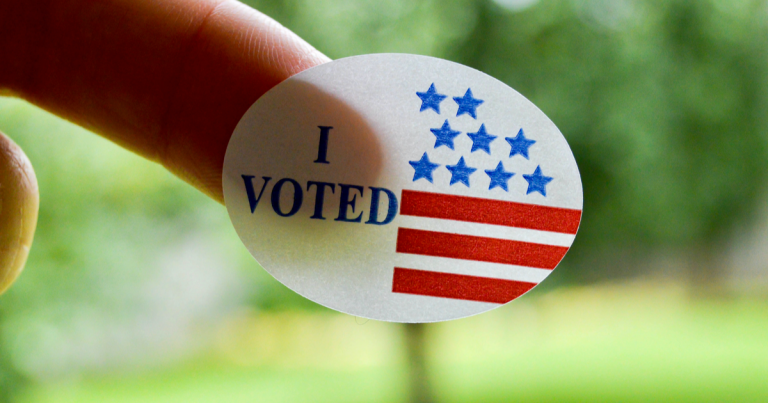Estimated reading time: 14 minute(s)

There is a lot more to corporate compliance than filing your taxes on time. And while this compliance guide is far from comprehensive, making sure these aspects are in order is a great start to ensuring your company’s longevity.
Hiring Compliance
Compliance starts even before you have employees. Hiring practices can come under fire in the event of an audit by the Equal Employment Opportunity Commission (EEOC). Should someone decide to whistleblow your hiring practices––warranted or not–– you need to be able to defend yourself.
The first step towards corporate compliance when it comes to the EEOC is, of course, not being discriminatory in your hiring practices. However, that alone is not enough; you need to be able to furnish evidence that your company has been obeying corporate compliance guidelines.
Should the EEOC come knocking you need:
- Concrete evidence pertaining to and explaining why certain applicants were selected over others. This means being able to both highlight why some candidates stood out and point out why others were disqualified.
- To check that your hiring managers are treating all potential hires equally, which can include things like
-
- Drug testing only certain applicants based on their perceived background
-
- Only reviewing applications for candidates who meet criteria not related to job skills
-
- Preferencing family members of current employees
Immigration Documentation Compliance
Corporate compliance continues once you select a new hire. Now you have to prove your new hire can legally work in the U.S. by submitting an I-9.
The first step in maintaining immigration compliance is making sure your paperwork is up-to-date. Having thorough records won’t save you during an audit if those records were outdated when issued. Therefore, as soon as you start compiling an onboarding paperwork packet, check to make sure you’re using an updated version of I-9
Ideally, they sign all their paperwork when they sign their offer letter, but if for some reason they have not, the last day a new hire can sign their I-9 is their first day of work. After that, you, the employer, have no more than three business days after that to complete the I-9 Section 2.
Other regulatory compliance requirements include keeping I-9s on file for as long as that person is employed by your company. Additionally, you need to hold onto their I-9 paperwork for either 3 years, or a year after their termination, whichever is last.
ACA Compliance
 In order to maintain Affordable Care Act compliance, you need to be offering affordable coverage to everyone in your employ if you have 50+ full time employees. You need to make sure the coverage you’re offering is actually affordable, that your lowest-salaried employee can still survive off of what remains of their paycheck once health insurance is deducted. Your company health care only needs to be what is called ”minimally essential,” but run the numbers every year to make sure your cheapest plan is as affordable as you think
In order to maintain Affordable Care Act compliance, you need to be offering affordable coverage to everyone in your employ if you have 50+ full time employees. You need to make sure the coverage you’re offering is actually affordable, that your lowest-salaried employee can still survive off of what remains of their paycheck once health insurance is deducted. Your company health care only needs to be what is called ”minimally essential,” but run the numbers every year to make sure your cheapest plan is as affordable as you think
Affordable coverage is a great start, but ACA compliance is two-fold: you need to also prove you offered your employees the health care options.
Your proof of offered coverage is the 1094 and 1095 forms that you need to file with the IRS, which you can do right here on ACAwise.
File My 1094/1095
OSHA Compliance
The mainstays of Occupational Safety and Health Administration compliance are fairly simple. First, is the procedures poster (that you’re required to have) clearly visible? This means it is not posted on the side of the breakroom fridge, or in only one of the bathrooms.
Second, are the emergency telephone numbers posted in logical place? While it might be useful to have Poison Control in the bathroom, perhaps ensure that it is posted in the break room or kitchen area as well.
While it’s not necessarily OSHA practice, make sure the phone numbers of important (insofar as it pertains to an emergency) office personnel are easily accessible. Make a spreadsheet all employees can access, or appoint a crisis manager per each shift and make sure they have all the information they’ll need to handle an emergency.
Regulatory Payroll Compliance
A lot of payroll compliance comes down to paperwork. In addition to filing your 941s, 940s, and 1099/W-2s on time, you also need to check that:
- All employee SSN on file are correct
- Employees input the correct address for their W2/ 1099s
- Your withholding rates and handbook are up-to-date
- Employees are classified properly (in terms of exempt, nonexempt) and that the corresponding overtime rates match state/ federal requirements
- If your business is along state lines your work-from-home policy deals with workers from out of state and ensures that state’s proper payroll compensation rate
Note: It is assumed that you have a system in place that tracks time and attendance, but a lesser-known time and attendance compliance requirement is that timecards must be kept for at least two years.
Maintaining company compliance on all fronts is a big undertaking, but if you break it down into smaller, attainable steps, you can pass any audits with flying colors. We can’t be with you every step of the way, we can make sure ACA compliance is one less thing for you to worry about. Schedule an appointment with our account managers today!



Leave a Comment